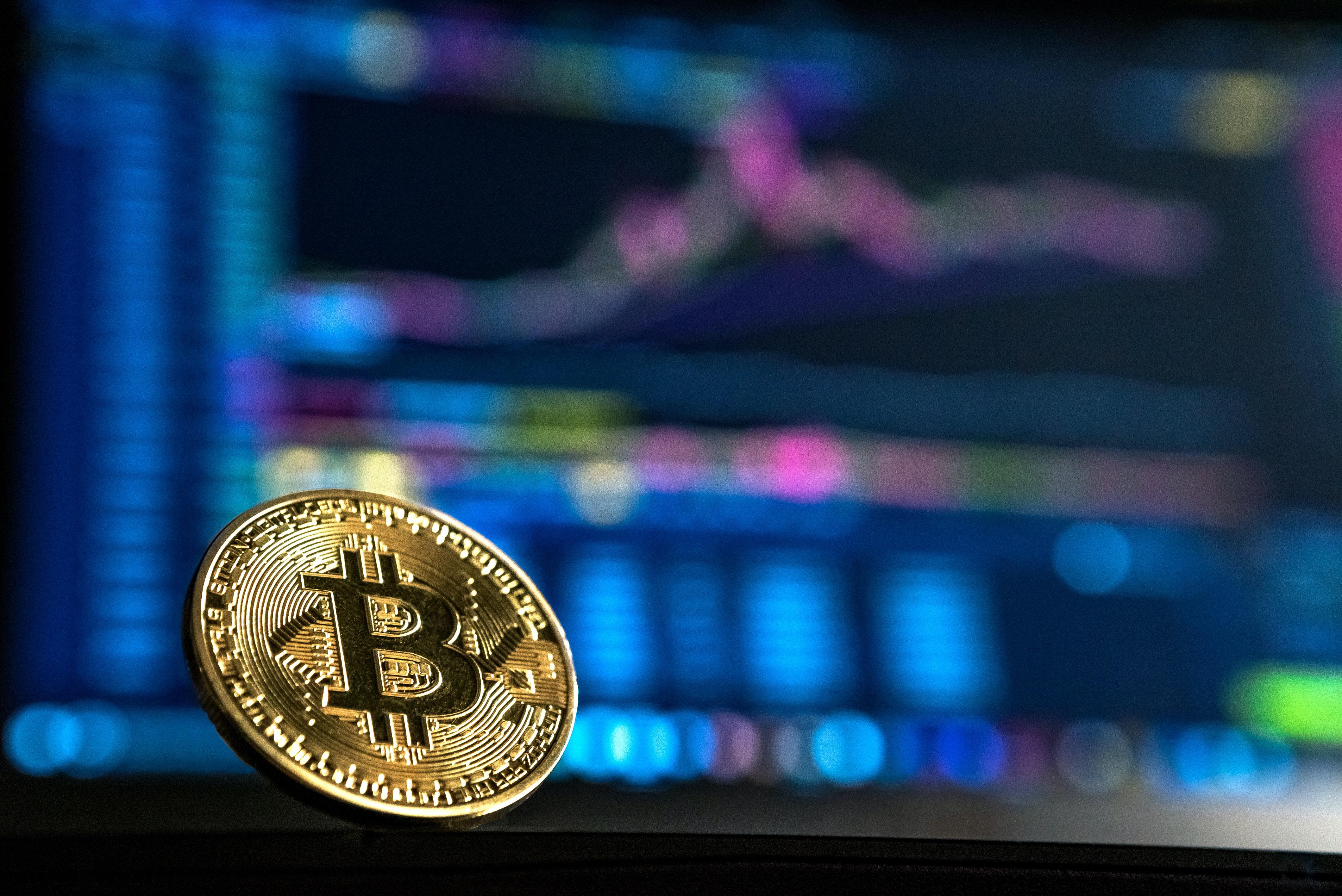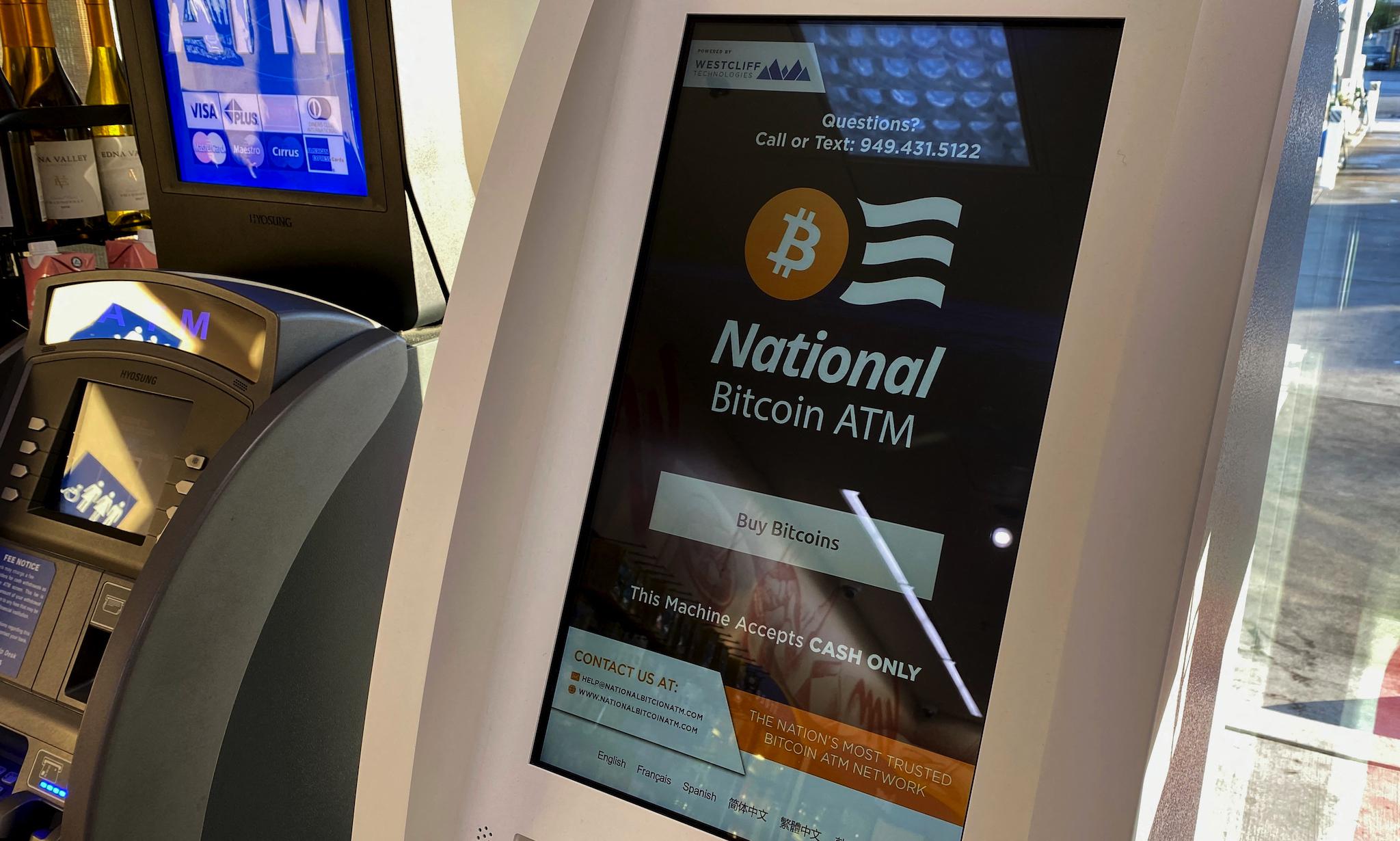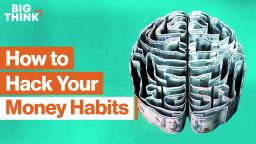Why Feeling Our Currency Might Make Us More Responsible With It

If we could feel how much money weighed, would we spend less of it?
That’s the question behind Scrip, a concept currency designed by New Deal Design. It’s a good question, too, since – as we’ve told you before – most Americans are financially illiterate. But financial literacy is only the beginning of our problems with money. The largest issue is Americans’ tendency to spend ourselves into debt rather than save. Here’s an infographic from Debt.org breaking the problem down

Credit. Debt.org
The single biggest contributor to that debt may be the fact that most Americans use digital money rather than cash. A November 2015 study in the Journal of Consumer Research reveals that people assign greater value to items they purchase with cash. “The ritual of swiping a card obscures the cash value of the transaction, divorcing people further from its economic reality,” the authors explain. “The convenience of going cashless is undeniable, [but] it comes with an inadvertent downside—we tend to value purchases less when using a card than when we pay via the more ‘painful’ methods of cash or check.” Cash is painful because you can see the amount being spent, and that feels like a sacrifice. Digital payments obscure that feeling as much as possible, as Wiredexplains: “Most new payment services strive to reduce friction between the user and the transaction. Square, Apple Pay, Venmo—these services are designed to make parting with your money easier. But that’s not always good for the user who’s spending.”
That’s what Scrip is hoping to fix. It may look like a flattened penny from a vending machine, but it’s far from that simple. The copper surface has a grid of raised squares and flashing LED digits. You need to swipe the grid in certain ways to spend different denominations of money. The more money you spend, the dimmer the LED lights become. Basically, even though it’s a digital currency, it offers tactile feedback that shows you how your money decreases. More importantly, it makes you feel it.
Credit: New Deal Design
“If you think of a Vegas slot machine, the psychological reward of getting $20 in nickels is a more incredible feeling than if they print out a $20,” Jaeha Yoo of Scrip’s design team told Wired. “If we can create that accumulating feeling of things being added to your device—even if it’s just a slight feeling of being pushed down—it’s one of these jackpot-y moments.”
Scrip is just a concept right now. Other people have tried similar ideas to get us to feel our digital currency. MIT Media Lab’s Proverbial Wallet would grow or shrink according to the size of your bank account; other models could also vibrate with each transaction, or even become harder to open as you spend more money. The Level Money app connects to all of your bank accounts and credit cards and shows you a “money meter,” that decreases throughout the month as you spend money. For all their innovation, ideas like these have yet to catch on in the mainstream.
They need to. With the rise of digital shadow currencies like bitcoin and blockchain, the value of money is only going to become more abstract to us. The solution? Think about money in concrete terms. What will you lose by spending it? What will you gain by keeping it? As Duke University economic professor Dan Ariely told us: “people make substitutions when they make large purchases” – meaning, they don’t link value to the action of spending. He helped Google develop an app that compares potential purchases to goals and habits you regularly spend money on, like lattes and vacations to the Bahamas. If you could see that a new pair of shoes would cost you ½ day in the Bahamas and 3 lattes, you might just save your money.
And that might be the only way we’ll understand monetary value in an increasingly cashless society.





